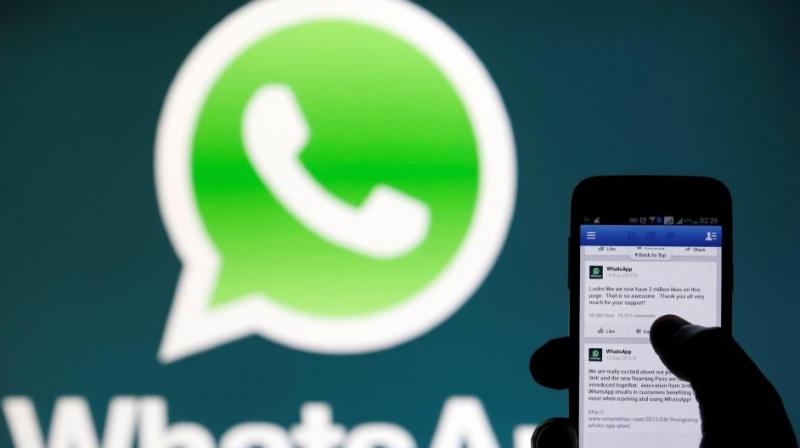Paytm points out where WhatsApp went wrong
There are many important points of consideration on which WhatsApp's payment service doesn't comply.

WhatsApp has been pulled into the limelight since the real-time messenger platform was granted a UPI-based payments feature since last few weeks. While the payments feature was seen by consumers as a feature that would change the way users use WhatsApp, several rival digital payments services have pointed out many exceptions that have been applied to WhatsApp’s service.
Paytm CEO Vijay Shekhar Sharma recently took to Twitter to convey his displeasure, stating that WhatsApp was playing an unfair game by skipping on most of the essential features that every digital payments service had to abide by. While many other digital payment services had broken silence on the matter by leaning towards Paytm’s stand, WhatsApp has yet to comment anything on the matter.
WhatsApp’s payment service utilises the same UPI platform that other payment services use. Paytm has given out some basic pointers that every UPI-based payment service has to abide by. Following are some of the noteworthy requirements that are absolutely necessary in order to operate a digital payment service legally using NPCI’s UPI code in India.
- Every UPI-based digital payment system is required to have a 3-step security verification system. Services such as Paytm, that adhere to NPCI’s guidelines, require users to log in every time with a password they have to make a digital payment. However, WhatsApp’s system doesn’t require the user to log in as the user is required to log in only once while setting up a device. The lack of a login system is pointed out by rivals as a highly risky feature as there’s lesser security process involved in the system.
- Every UPI-based payments app is required to show a BHIM UPI branding. Paytm shows such branding whereas WhatsApp’ service doesn’t mention any affiliation throughout the app.
- NPCI also mentions that digital payments services aren’t allowed to pay using Bank Account + IFSC code or Aadhaar number. WhatsApp’s service directly transfers money from the bank account to the person required. Other services require users to transfer balance from the bank account to the digital wallet before any transaction can be initiated.
- NPCI’s UPI rules also make it mandatory for every payment service to include a QR Code based authentication system — a feature that’s not present in WhatsApp’s payment service as of now. Paytm and most other services adhering to UPI’s guidelines have this feature embedded in the system.
Apart from these mandatory issues, there are some more features that WhatsApp’s payment service misses out on:
- In Whatsapp's iOS version, users cannot send money to non-Whatsapp customers The feature is available on the Android version, albeit with a lot of additional steps. Rival payment services such as Paytm, PhonePe or Tez allow the user to do that.
- WhatsApp’s payments service doesn’t allow to send money requests to other users on the service, whereas most of the rivals do offer that feature.
- Whatsapp creates Virtual Payment Address (VPA) on the fly which may not be easy to find or remember for some.
While most of the above mentioned requirements are missing from WhatsApp’s latest payments service, it should be kept in consideration that WhatsApp’s payment service is still in the testing phase. Therefore, most of the requirements missing now from the service could be added by the time the service rolls out officially to all users. There could also be a possibility that the system could be pulled out and redesigned before the public rollout of the WhatsApp’s payment feature.
Stay tuned for all the developments related to the WhatsApp payment controversy on Deccan Chronicle Technology.
(source)
